Lucas Faria Porto
NemaNet: A convolutional neural network model for identification of nematodes soybean crop in brazil
Mar 05, 2021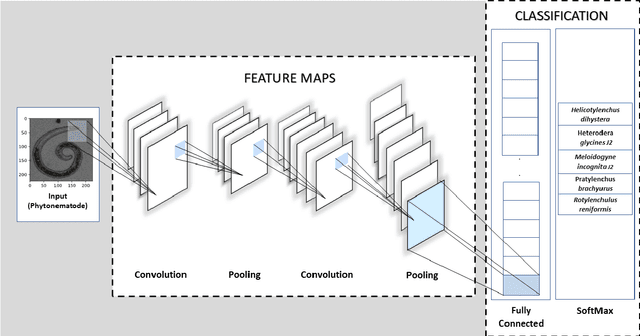

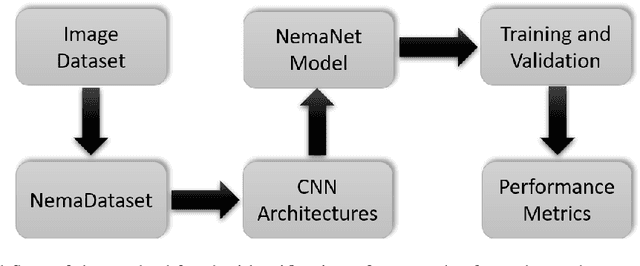
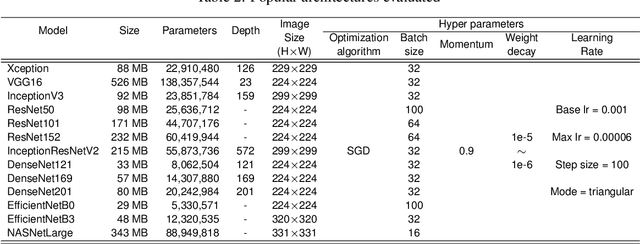
Abstract:Phytoparasitic nematodes (or phytonematodes) are causing severe damage to crops and generating large-scale economic losses worldwide. In soybean crops, annual losses are estimated at 10.6% of world production. Besides, identifying these species through microscopic analysis by an expert with taxonomy knowledge is often laborious, time-consuming, and susceptible to failure. In this perspective, robust and automatic approaches are necessary for identifying phytonematodes capable of providing correct diagnoses for the classification of species and subsidizing the taking of all control and prevention measures. This work presents a new public data set called NemaDataset containing 3,063 microscopic images from five nematode species with the most significant damage relevance for the soybean crop. Additionally, we propose a new Convolutional Neural Network (CNN) model defined as NemaNet and a comparative assessment with thirteen popular models of CNNs, all of them representing the state of the art classification and recognition. The general average calculated for each model, on a from-scratch training, the NemaNet model reached 96.99% accuracy, while the best evaluation fold reached 98.03%. In training with transfer learning, the average accuracy reached 98.88\%. The best evaluation fold reached 99.34% and achieve an overall accuracy improvement over 6.83% and 4.1%, for from-scratch and transfer learning training, respectively, when compared to other popular models.
Automatic cephalometric landmarks detection on frontal faces: an approach based on supervised learning techniques
Apr 24, 2019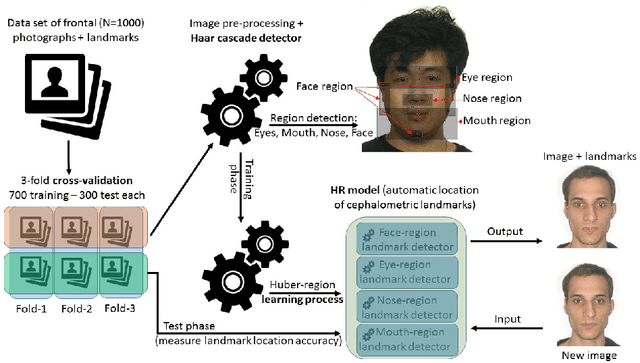
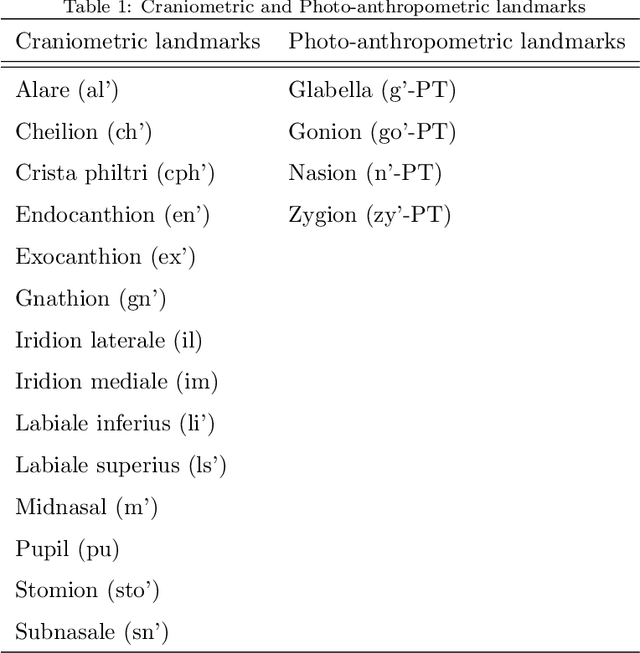
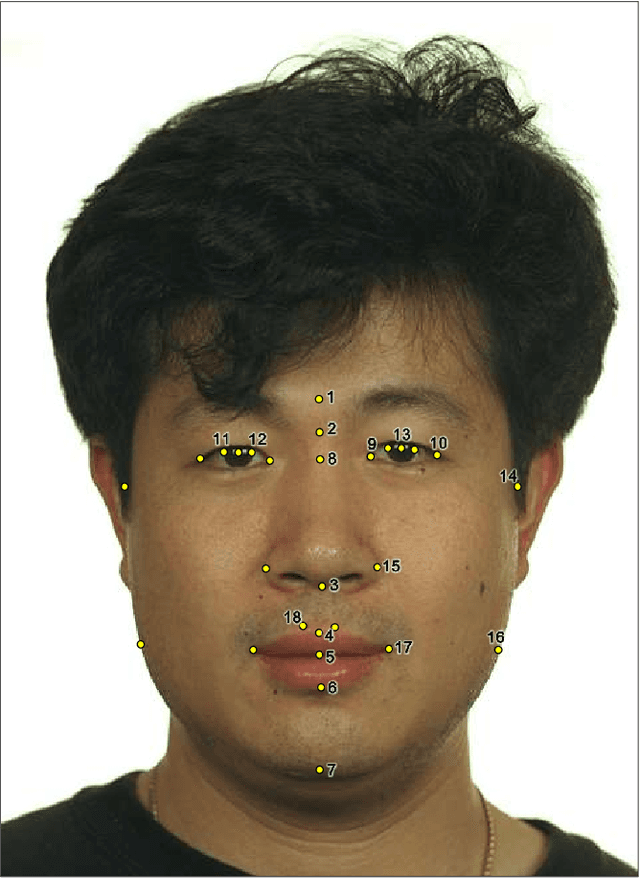
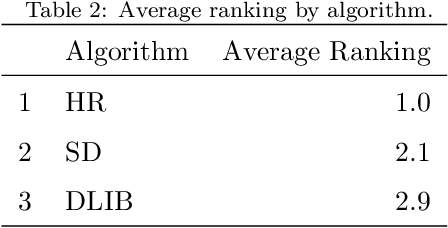
Abstract:Facial landmarks are employed in many research areas such as facial recognition, craniofacial identification, age and sex estimation among the most important. In the forensic field, the focus is on the analysis of a particular set of facial landmarks, defined as cephalometric landmarks. Previous works demonstrated that the descriptive adequacy of these anatomical references for an indirect application (photo-anthropometric description) increased the marking precision of these points, contributing to a greater reliability of these analyzes. However, most of them are performed manually and all of them are subjectivity inherent to the expert examiners. In this sense, the purpose of this work is the development and validation of automatic techniques to detect cephalometric landmarks from digital images of frontal faces in forensic field. The presented approach uses a combination of computer vision and image processing techniques within a supervised learning procedures. The proposed methodology obtains similar precision to a group of human manual cephalometric reference markers and result to be more accurate against others state-of-the-art facial landmark detection frameworks. It achieves a normalized mean distance (in pixel) error of 0.014, similar to the mean inter-expert dispersion (0.009) and clearly better than other automatic approaches also analyzed along of this work (0.026 and 0.101).
 Add to Chrome
Add to Chrome Add to Firefox
Add to Firefox Add to Edge
Add to Edge